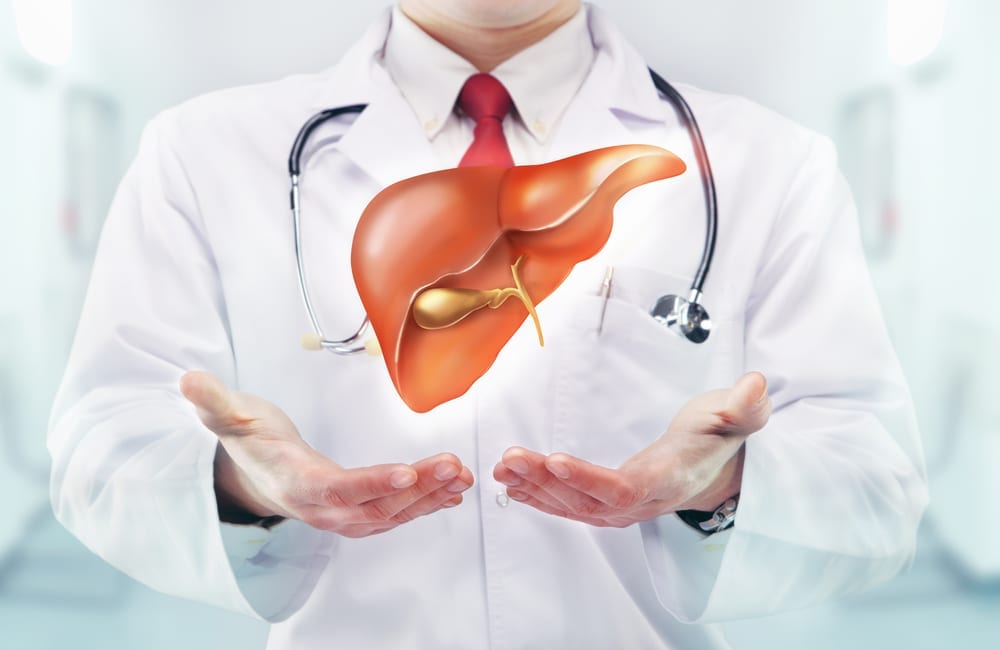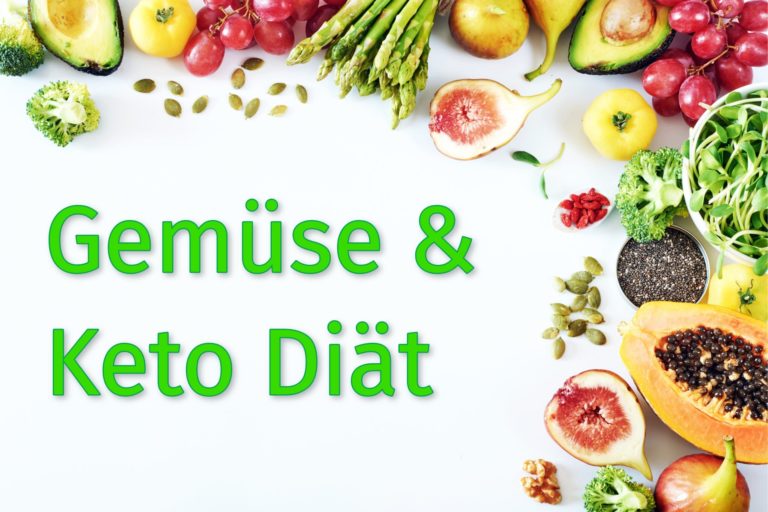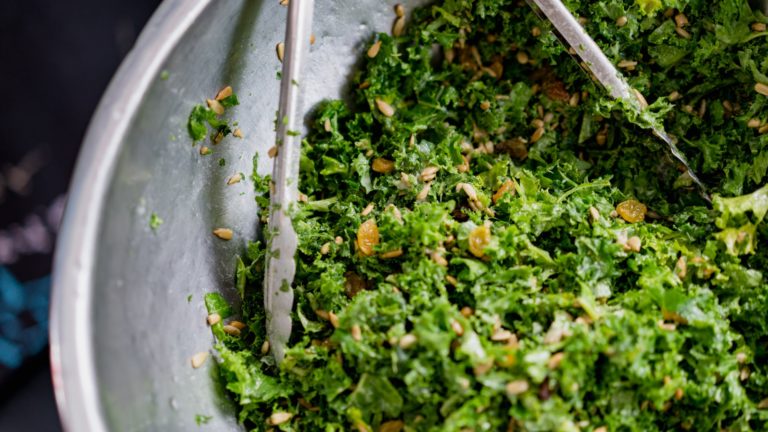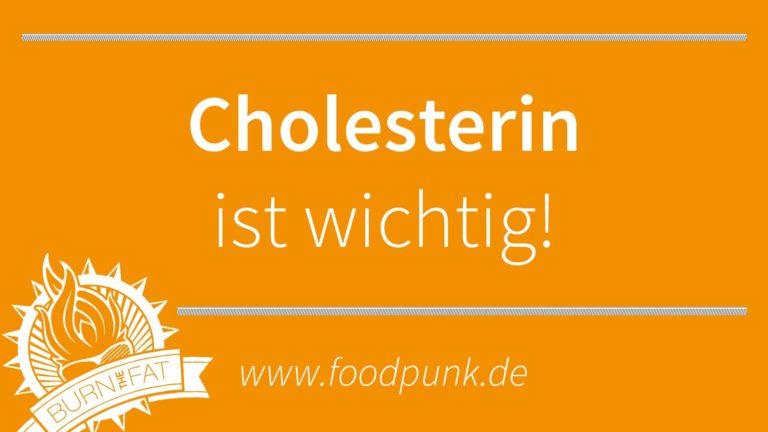Help! Without carbohydrates we will all die!!! The brain needs sugar, sugar, sugar. Otherwise it is called Alaaaarm in the gray cells!!! The metabolism goes kaput!
Nene, give me a break. No panic on the Titanic. Our species would not have survived for hundreds of thousands of years if our bodies were so sensitive. In many areas of the world, there were little to no carbohydrates. In addition, there were always extended periods of time when our ancestors had to go without food altogether.
What happens in the metabolism when it does not receive carbohydrates is similar to fasting. With “food abstinence” as the nutritionist says, here’s what happens:
1. the metabolism changes in several phases
After a mixed meal of carbohydrates, proteins and fats, the metabolism is in the so-called “absorptive phase”, the gastrointestinal tract digests and absorbs the nutrients of the meal. The ingested components of the food are either incorporated into the body, stored or burned for energy. This phase is “anabolic”, which means nothing more than “building up the body’s own structures”. Depending on how big the meal was and what its composition was, the absorptive phase lasts around 3 hours. Insulin was released by the meal, which is why the ratio of insulin to its counterpart glucagon is high. This is referred to as a high insulin/glucagon ratio. This ratio promotes anabolic processes. This includes the incorporation of amino acids into the muscles, but also the synthesis of glycogen for the storage of glucose in the liver or the so-called lipogenesis, the storage of fat as an energy source “for a rainy day”.
2. the ratio of insulin to glucagon is decisive
When all nutrients have been fully absorbed, metabolism enters the so-called post-absorptive phase, the phase “after (post) absorption”. Then the blood glucose level and insulin level gradually decrease. The glucagon level, on the other hand, increases and thus the ratio of insulin to glucagon decreases. In the postabsorptive phase, the insulin/glucagon ratio is lower than in the absorptive phase. The hormonal changes stimulate the cells of the liver, called hepatocytes, to break down glycogen. Glycogen, as mentioned earlier, is the storage form of glucose. When glycogen is broken down, known as glycogenolysis, glucose is released again.
3. during gluconeogenesis, the body produces glucose from amino acids
As the glycogen store slowly empties, the lower ratio of insulin to glucagon also leads to gluconeogenesis, in which glucose is rebuilt from amino acids. In addition, fat storage cells called adipocytes are stimulated to break down and release fat, lipolysis. The falling blood glucose level leads to the release of adrenaline, which additionally promotes lipolysis in the adipocytes.
4. fatty acids supply the muscle tissue with energy
When the glucose stores in the liver and muscles are emptied, fatty acids become the main energy supplier for the muscles. Only a few tissues still require glucose at this time, including the brain and red blood cells. The required amount of glucose is now covered by gluconeogenesis, i.e. the build-up of glucose from amino acids.
5. the body conserves its protein reserves
Following the post-absorptive phase, the early hunger phase occurs approximately 24 hours after the meal. If no food continues to be consumed, the metabolism enters the adapted starvation phase about 5 days after the last food intake. In the early starvation phase, the breakdown of endogenous protein reserves for the purpose of gluconeogenesis is relatively high. The brain alone requires 110-130 g of glucose per day. Continued breakdown of body protein at this rate would quickly lead to the death of the fasting person. Therefore, protein-sparing mechanisms are mandatory for survival during the fasting period.
6. ketogenic metabolism was a survival advantage in evolution.
To minimize the depletion of the body’s own protein reserves, all organs that do not necessarily require glucose obtain more and more of their energy from fatty acids. The brain requires glucose in a “non-ketogenic” metabolic state. However, in the case of prolonged carbohydrate deficiency due to fasting or deliberate abstinence, it can meet a large part of its energy needs through ketone bodies instead of glucose. Ketone bodies are synthesized in the liver from fatty acids. The brain gradually learns to utilize these ketone bodies in an adaptation phase. As a result, glucose demand decreases and less endogenous protein needs to be broken down for gluconeogenesis. Ketone bodies protect protein.
7. in an adaptation phase the body learns the ability for ketogenesis and ketolysis.
As adaptation to fasting progresses, the concentration of ketone bodies continues to increase due to ketogenesis in the liver. This is how ketone bodies enter the bloodstream and reach organs such as the brain or muscles. These recognize the new fuel and learn to utilize the ketone bodies for energy – via a process called ketolysis. The body is in a ketogenic metabolic state and in ketosis during the adapted starvation phase. In adults, ketosis sets in after a few days of fasting, in children within a few hours.
8. fasting and diet without carbohydrates have very similar effects
So this is what happens during fasting. When giving up carbohydrates, the process in the metabolism looks almost the same. Adaptation is just a little slower because protein and fat are still available for utilization. The “ketogenic diet” is so called because it involves the production of ketone bodies. But who actually came up with the idea that this ketogenic diet has similar effects to fasting? You can read about it in the article“Who invented the ketogenic diet?“.
This is the beginning of a long series on Ketogenic Diet. A little basic knowledge to get you started. But what – and for whom – is a low-carb ketogenic diet good for? Is Low Carb and even more so a Ketogenic diet at all permanently feasible? Does this have advantages? Or rather disadvantages? How is carbohydrate reduction compatible with exercise? These are all questions that will be answered in this long series on Ketogenic Diet. So the really exciting stuff is yet to come! It pays to keep at it!
Always stay up to date with our Newsletter.
Sources:
Bonnefont JP, Specola NB, Vassault A, Lombes A, Ogier H, de Klerk, J B, Munnich A, Coude M, Paturneau-Jouas M, Saudubray JM. 1990. The FastingTest in Paediatrics Application to the Diagnosis of Pathological Hypo- and Hyperketotic States. Eur J Pediatr, 150(2): 80-85.
Cahill GF. 1976. Starvation in Man. Clin Endocrinol Metab, 5(2): 397-415.
Cahill GF. 2006. Fuel Metabolism in Starvation. Annu Rev Nutr, 26: 1-22.
Cahill GF, Herrera MG, Morgan AP, Soeldner JS, Steinke J, Levy PL, Reichard GA, Kipnis DM. 1966. Hormone-Fuel Interrelationships During Fasting. J Clin Invest, 45(11): 1751-1769.
Frayn KN. 2010. Metabolic Regulation. Third ed. Oxford: Wiley-Blackwell, 240-246.
Owen OE, Morgan AP, Kemp HG, Sullivan JM, Herrera MG, Cahill GF. 1967. Brain Metabolism during Fasting. J Clin Invest, 46(10): 1589-1595.
Owen OE, Felig P, Morgan AP, Wahren J, Cahill GF. 1969. Liver and Kidney Metabolism during Prolonged Starvation. J Clin Invest, 48(3): 574-583.
Stipanuk MH, Caudill MA. 2013. Biochemical Physiological and Molecular Aspects of Human Nutrition. Third ed. Philadelphia: Elsevier Saunders, 379-381.
Image: Yevhen Vitte/shutterstock.com









